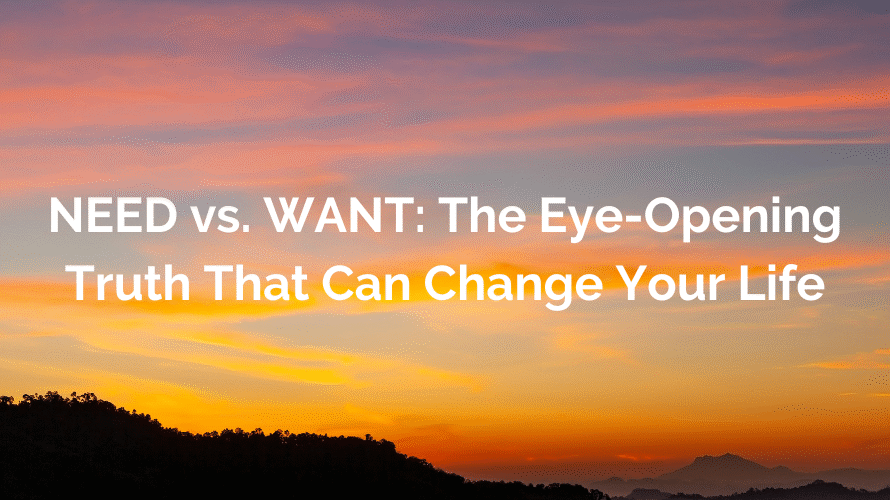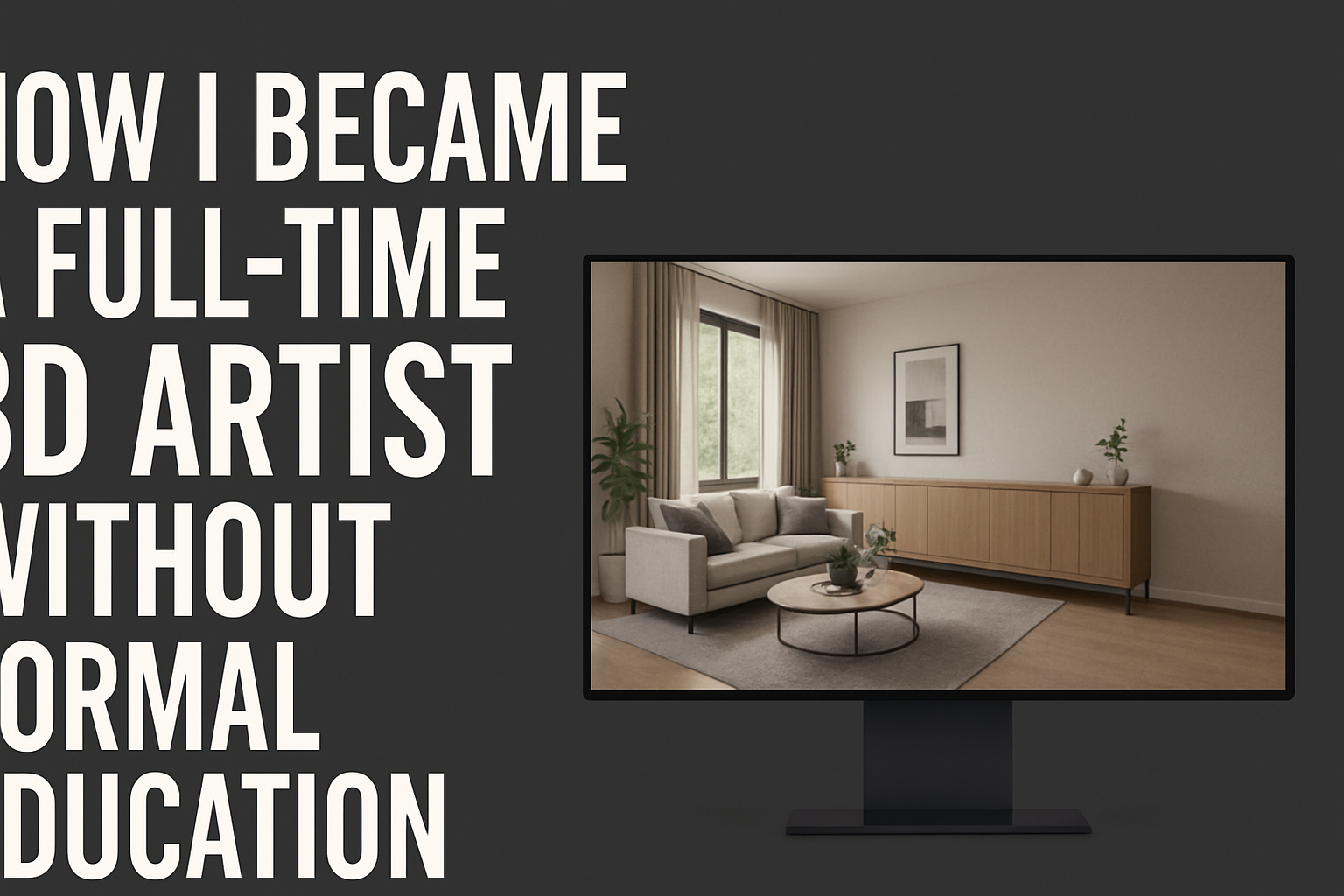Introduction: The Real Needs Behind the Renders
In the world of Architectural Visualization (ArchViz), the difference between a good render and a successful project often lies in how well you understand your client—not just the design. Having worked with architects, interior designers, real estate developers, and branding agencies, I’ve come to realize that what clients say they want and what they really need can be two different things. This blog is a deep dive into what clients actually look for in ArchViz projects—based on real-world experience.
1. Visual Clarity Over Artistic Ego
While we, as artists, may love moody lighting or dramatic compositions, most clients want clarity. They want clean visuals that showcase space, material, light, and function—because these images are meant to communicate design intent or sell a vision.
✅ What they look for:
- Accurate materials and textures
- Realistic lighting based on time-of-day or mood
- Clearly visible layout and spatial depth
- Easy-to-understand perspectives
🔑 Tip: Always ask where the visuals will be used—presentations, billboards, social media, or client meetings. This affects aspect ratios, detail levels, and style.
2. Emotional Impact That Sells
Yes, clarity matters—but emotion seals the deal. Whether it’s a cozy home interior or a high-rise rooftop, clients want viewers to feel something. Your render is their sales pitch.
✅ What they look for:
- Mood lighting (warm sunlight, dusk ambiance, soft interior glows)
- Lifelike people or silhouettes to add realism
- Seasonal or contextual elements (like autumn trees or rainy sidewalks)
- A story—a glimpse into a lifestyle
🔑 Tip: Don’t just ask for CAD drawings. Ask about the target audience. Who is this project for? Young families? Luxury clients? Investors? That’ll tell you what kind of emotional tone to hit.
3. Consistency Across the Board
If you’re working on a series—like multiple room renders, or different angles of the same exterior—consistency in quality, lighting, and styling is vital. A jarring jump in tone or color grading between scenes can hurt the client’s branding.
✅ What they look for:
- Uniform white balance and color tone
- Matching environmental settings (cloudy vs sunny)
- Cohesive post-processing style
- Consistent detail level in all scenes
🔑 Tip: Build a “scene mood board” and get it approved before final production. This saves endless revision loops.
4. Speed + Communication = Trust
Most clients operate under deadlines. Whether it’s for permits, investors, or sales materials—delivery time is often as important as visual quality.
✅ What they look for:
- Clear timelines (with previews and final handoffs)
- Regular progress updates
- Quick responses to emails or messages
- Easy file sharing (via Google Drive, WeTransfer, etc.)
🔑 Tip: Use milestone-based delivery. For example, 25% for clay renders, 50% for test lighting, 75% for color proofs, and 100% for final delivery.
5. Renderings That Match Reality
Clients increasingly want visualizations to match the actual project outcome. This is especially true in interior design, real estate, and high-budget commercial projects.
✅ What they look for:
- Accurate dimensions (based on floor plans or BIM files)
- Real product references (furniture, finishes, lights)
- Location-specific lighting (sun angle, shadows)
- Photorealism without over-glamorizing
🔑 Tip: Whenever possible, ask for a material mood board or furniture catalog. Clients are impressed when your 3D assets match the real-world items they plan to use.
6. Flexibility for Revisions
Clients rarely finalize a concept on the first try. Expect changes—small and large—and bake flexibility into your process.
✅ What they look for:
- Willingness to tweak angles, furniture, or lighting
- Reasonable revision policies (2–3 rounds included is ideal)
- Quick turnarounds on minor edits
- Suggestions from your end if something isn’t working
🔑 Tip: Use layered rendering (e.g. render passes) so you can adjust elements in Photoshop or post-production without re-rendering everything.
7. Final Output Ready for Use
Once the render is approved, clients need usable files. Don’t just send JPGs—ask how they plan to use the visuals and deliver accordingly.
✅ What they look for:
- High-resolution images (4K or print-ready)
- Format flexibility (.JPG, .PNG, .TIFF, layered PSDs)
- Clean file naming and version control
- Optional: animation, 360° views, virtual tours
🔑 Tip: If they’ll be posting on Instagram or LinkedIn, provide a social-media-optimized version. Small touch, big impact.
8. You, the Reliable Partner
Clients aren’t just hiring you for your software skills—they want someone they can trust for the long haul. That means being honest, proactive, and helpful.
✅ What they look for:
- A professional attitude and good etiquette
- Guidance on best visual practices
- A portfolio that speaks for itself
- Someone who solves problems, not adds to them
🔑 Tip: Go beyond the brief—if you see something that can be improved (like layout flow or lighting choice), suggest it. Clients respect that.
Conclusion: Deliver More Than Just Renders
At the end of the day, your job as an ArchViz artist is not just to create beautiful images—it’s to help your clients tell a story, pitch an idea, or close a sale. If you focus on what they really want, you’ll not only deliver great work—you’ll build long-term relationships, earn referrals, and grow your reputation.
Got any client horror stories or big wins from your ArchViz journey? Drop them in the comments or connect with me—I’d love to hear your experience.

